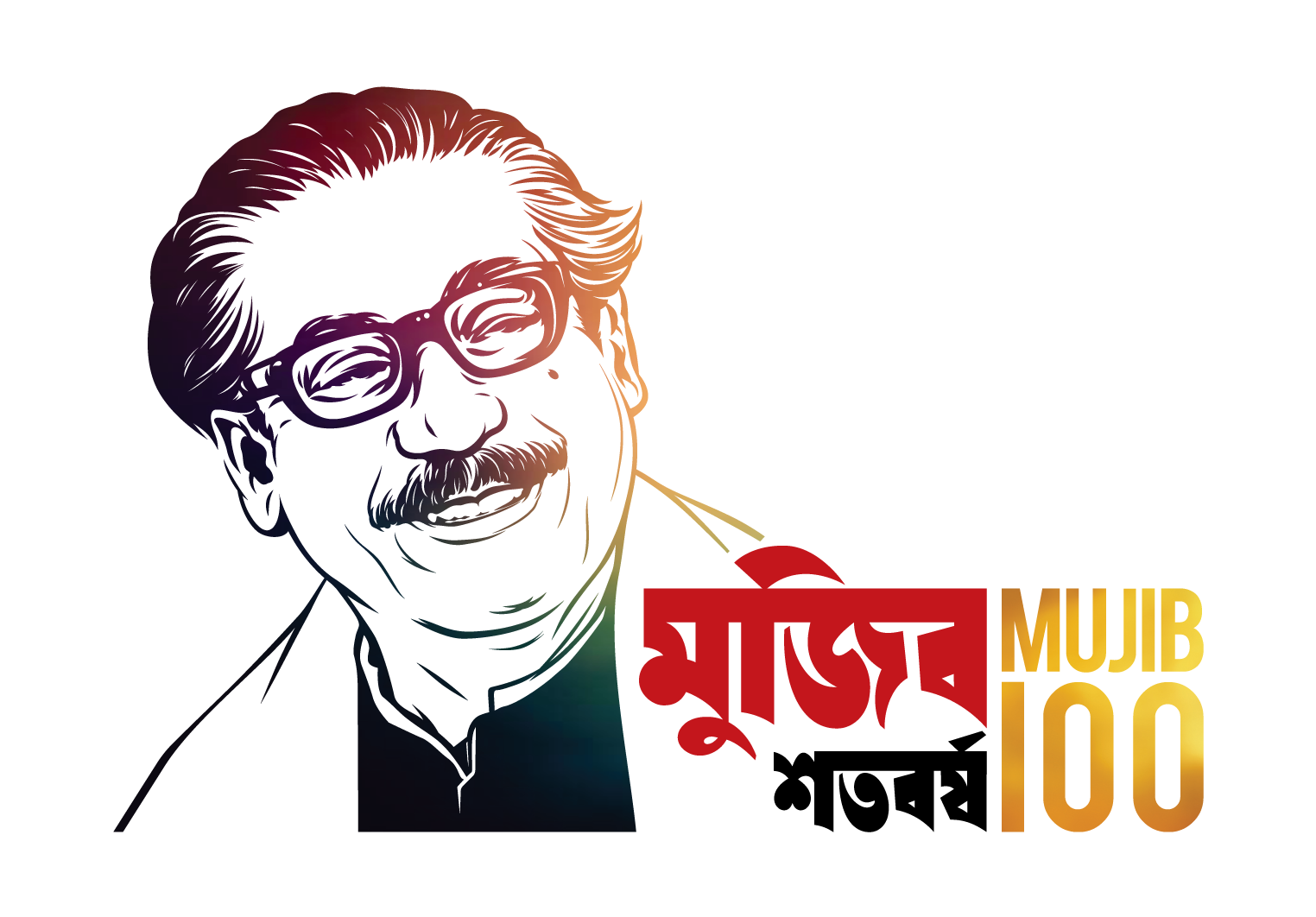History of Dipshikha
Emergence and Development of Dipshikha
Among the 87,319 villages of Bangladesh, Rudrapur – a backward and remote village situated in Birol Upazila under Dinajpur district has become talk of the people of Bangladesh and Germany since 1984. Agriculture is the main occupation of the villagers. Rice, jute, pulses and other field crops are the main crops. Most of the farmers were poor and lived hand to mouth. Cuckoo’s song could not attract their mind as they led very morbid life. Everybody was found to be in melancholy condition.
The Origin of Rudrapur Primary School
Two distinguished personalities – Late Nibaron Chandra Roy and Late Romesh Chandra Roy had a popular mission and progressive vision to establish a primary school in the village of Rudrapur to provide functional education to the children of Rudrapur and nearby villages. Interestingly, both of them had no standard education. They had education up to class-X and IX respectively. However, they were learned, scholar, and intelligentsia. Due to their untiring efforts and the unique inspiration and relentless cooperation of local people their dream Rudrapur Primary School was established in 1961. At that time there was no educated person in the village(s) to be a teacher of the newly established primary school. Anyway, Mr. Gobinda Chandra Roy, who had only primary education (class V) was appointed as the founder teacher. It is to be mentioned here that many land lords created obstacle in the development of the school with the fear that when the children would be educated and developed strong personality no farm laborer would be available (Talukder, 1994). Read more »
How the name of Dipshikha came into being?
To involve the Dipshikha Youth Federation in the developmental activities in practical manner separate regional organizations were advised to be formed. For this purpose, in 1980, in the office of CARITAS the youths of Dinajpur assembled and they were asked to give a suitable and meaningful name for the organization to be incepted newly. Every participant wrote a name on a piece of paper and submitted to the organizer. Again, the names were thrown to the process of ballot. At first six names were selected. Out of six names later the name Dipshikha had been chosen by ballot. It is mention worthy here that ‘Dipshikha’ name was given by Mr. Bhupendra Nath Roy. He is ever remembered. Thus through a democratic process, the name Dipshikha was emerged and accepted as the name of newly incepted organization and immediately started its journey. Read more »
Development History of Dipshikha
Having the ISD project concept of CARITAS, Mr. Naresh Chakrabarty developed Integrated Village Development Bank (IVDB) project with the assistance of Mr. Paul Tigga. The first Director of IVDB project was Mr. Naresh Chakrabarty and Mr. Mofakh-Kharul Islam was the first coordinator. Initially, it worked and served among the people of aforesaid 9 villages. The IVDB introduced bank loan system for youth development and for the poor. Very soon the IVDB functions reached to the people of more than hundreds of villages. Thousands of people became the beneficiary of IVDB project. Everyday the Gono-Aloy of Rudrapur became crowded with hundreds of people who sought agricultural credit, advice for income generation, training and for volunteer works as well. The IVDB functions continued for several years. Read more »
Constitution of Dipshikha
The First Constitution of Dipshikha was written by late Gajendra Kumar Roy, Naresh Chakrabarty and Mofakh-kharul Islam (Papa). Soon after written up its first Constitution Dipshikha was recognized as a volunteer organization by the Social Welfare Department of Bangladesh Government in 6 June 1984. In 1985, it came under the foreign donation regulation. Since then Dipshikha started its huge development function. Read more »
Foundation of Shanti-Bangladesh
Fr. Klause acted as an adviser of Dipshikha. For the sake of its development view under the aegis of his direct supervision and a few German volunteers a youth organization named ‘Shanti – Bangladesh’ was established in Germany. In many regions of Germany including Berlin and Munich development youth groups were made to help Dipshikha development program in Bangladesh. Hundreds of members are there in these groups who are recognized as Friends of Development. They remember Dipshikha through their development activities. They become happy with the joy of Dipshikha people and they feel piety with their sorrow. By the dint of his (Fr. Clause) ceaseless effort many other organizations have come forward to help Dipshikha with money and moral support. Read more »
The First Decade Celebration (1984-1994)
In 15 November 1994 Dipshikha celebrated its 10th anniversary with due solemnity having chalked out five day long program. Many distinguished personalities from home and abroad attended the ceremony and congratulated Dipshikha and delivered speech on this occasion.
Evaluation of Dipshikha Activities by the Participants
Ten years is not enough for an organization but it is enough for evaluation of its past ten year activities.
Robert Chamber (1983) identified five barriers of development such as poverty, isolation, powerlessness, vulnerability and physical weakness. One barrier creates another barrier. For example, poverty causes physical weakness through lack of food and nutrition, physical weakness causes weak labour, sick people stay in isolation with no literacy and education leading to vulnerable and powerlessness. Paulo Freire (1972) a Brazilian educationist said that man himself can control and change his life as he possesses endless potentialities, but he does not know his potentialities. His potentialities must be traced and let him know that he is a genius. Thus, he will know himself as a resource person of the nation. Until the human potentialities, remain covered no one could be self reliant but dependent. Paulo Freire (1972) talked much about conscientization meaning consciousness. Human development is possible if every human being could be made conscientization.


